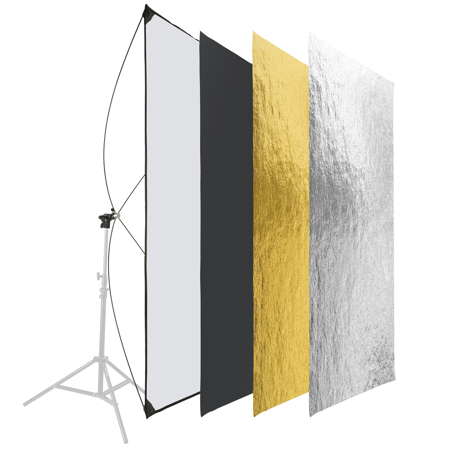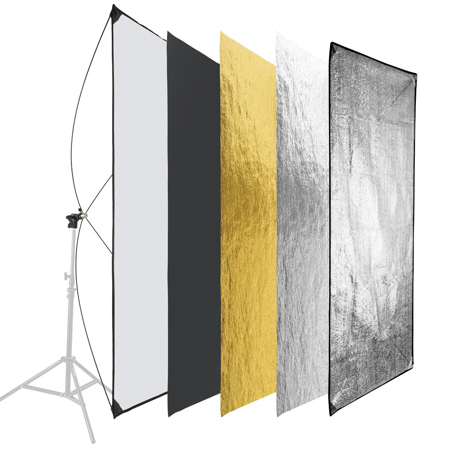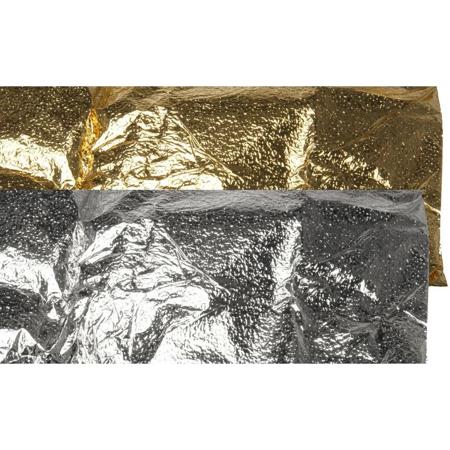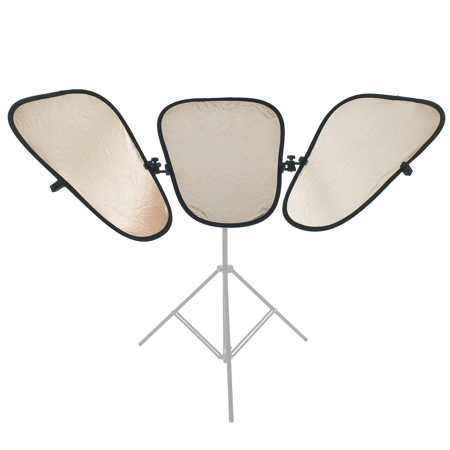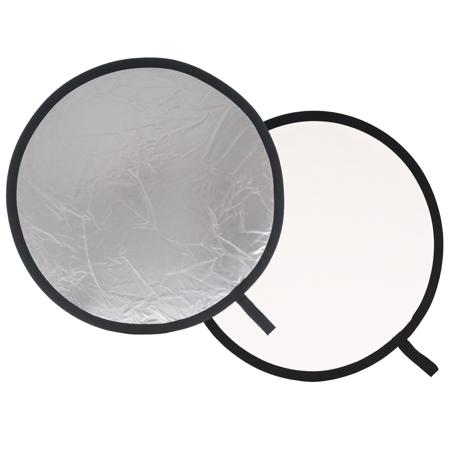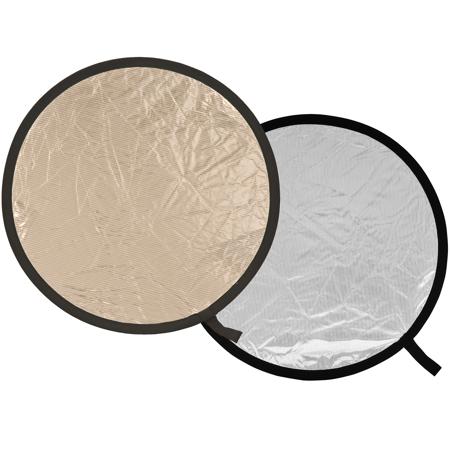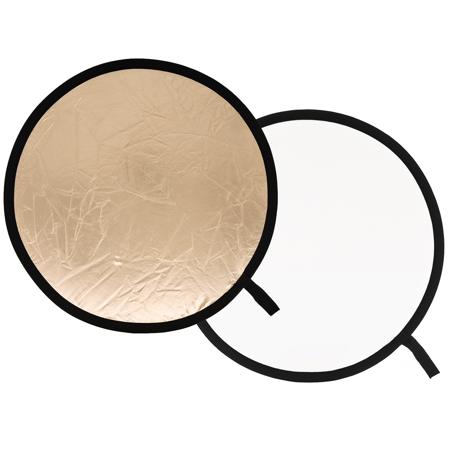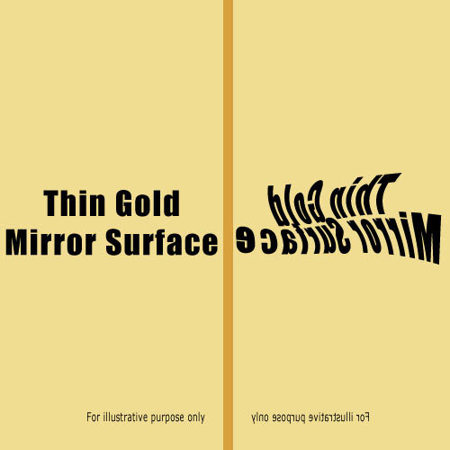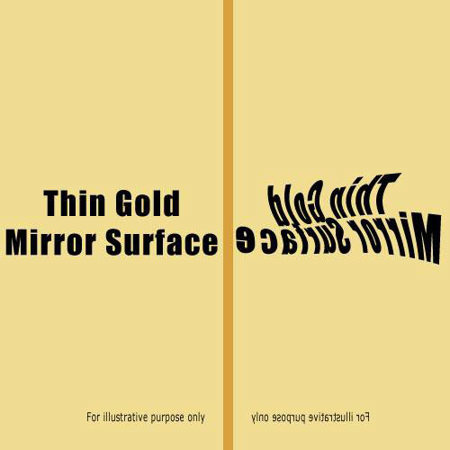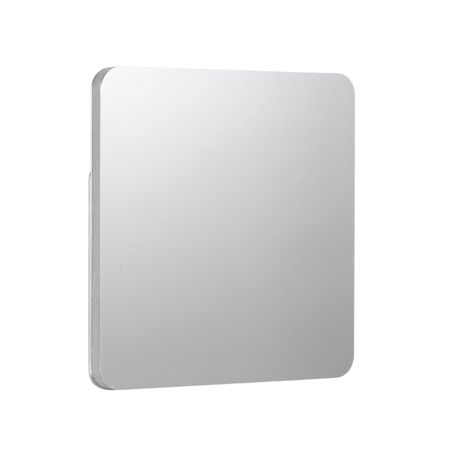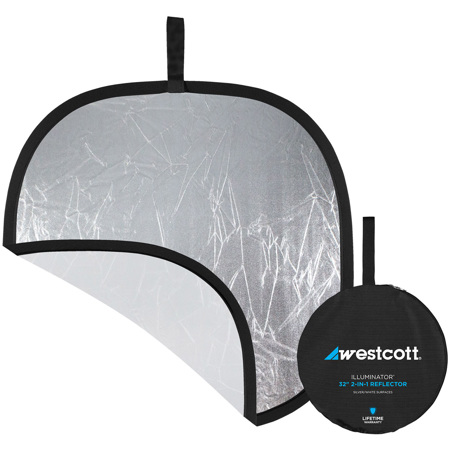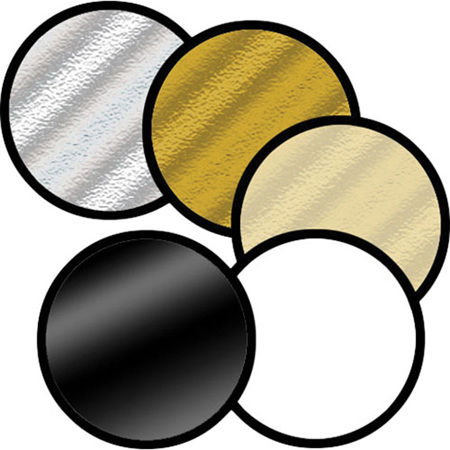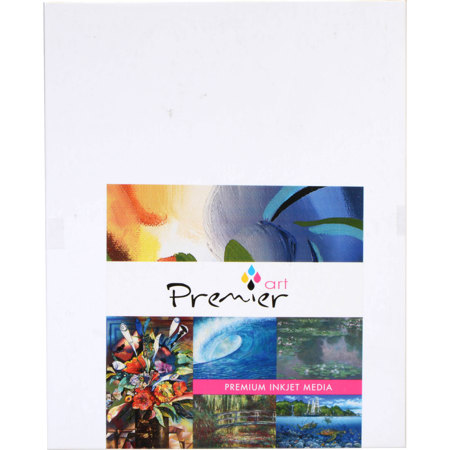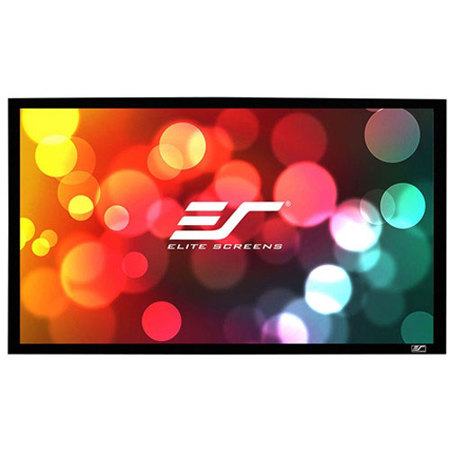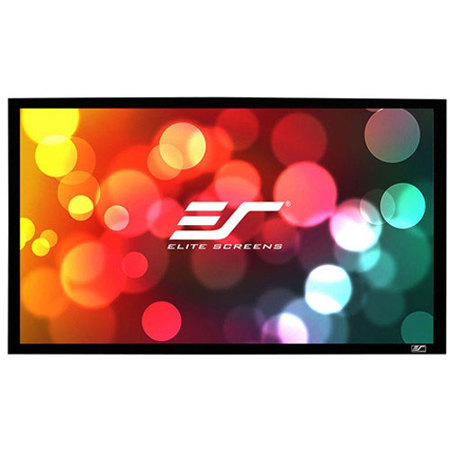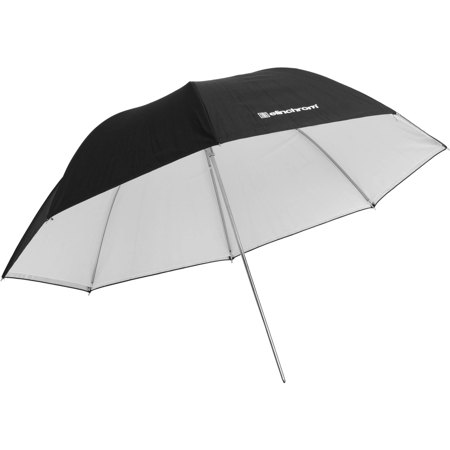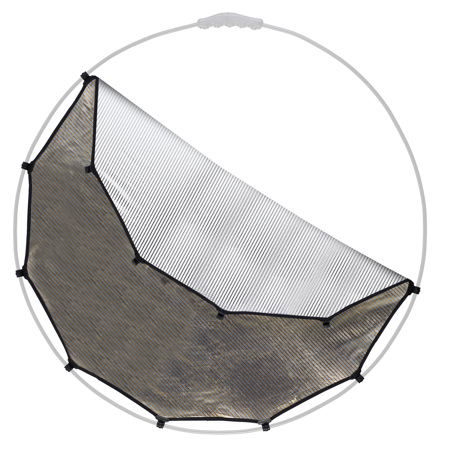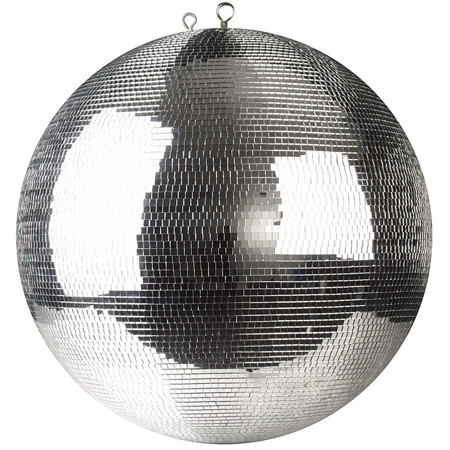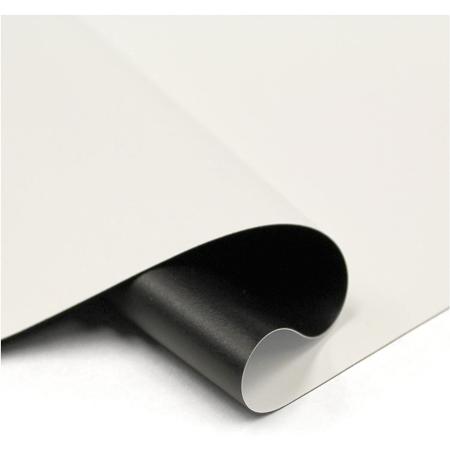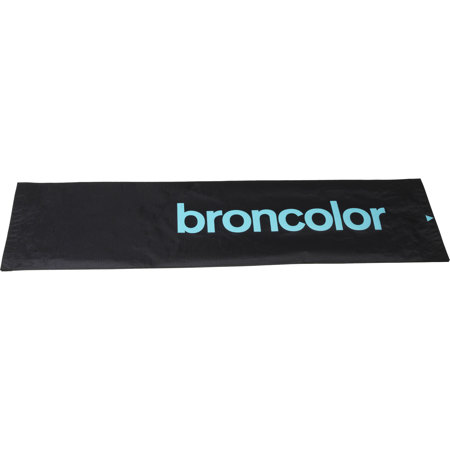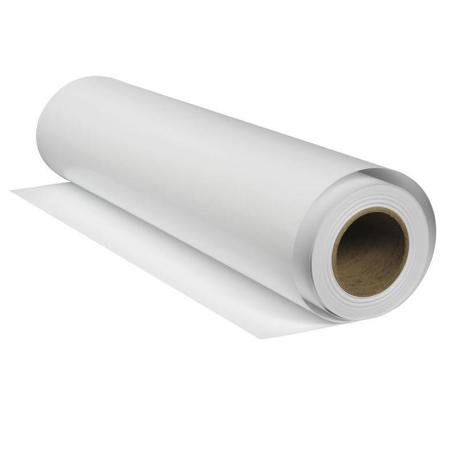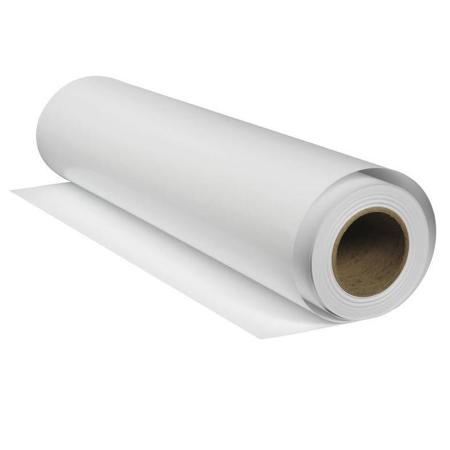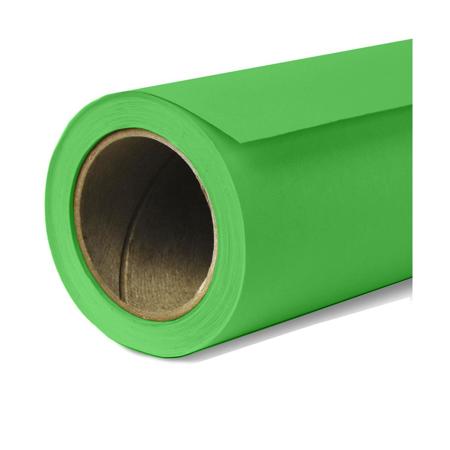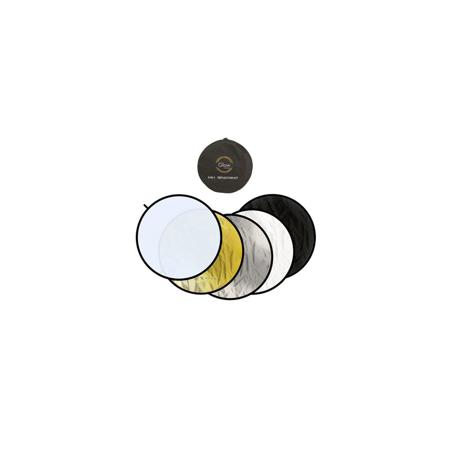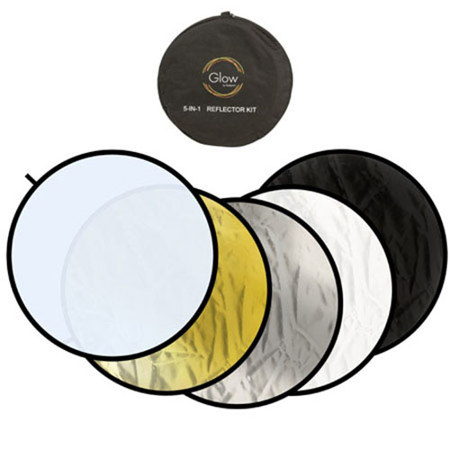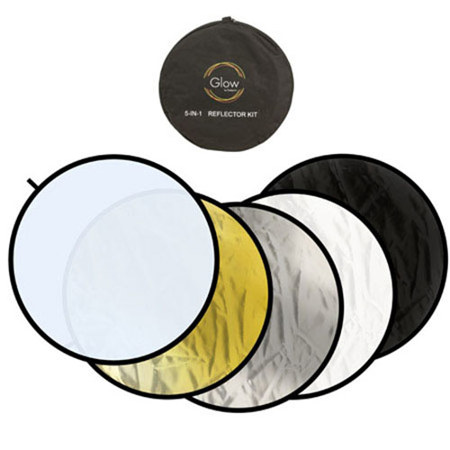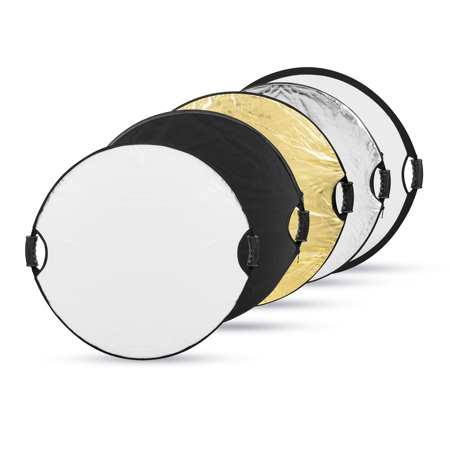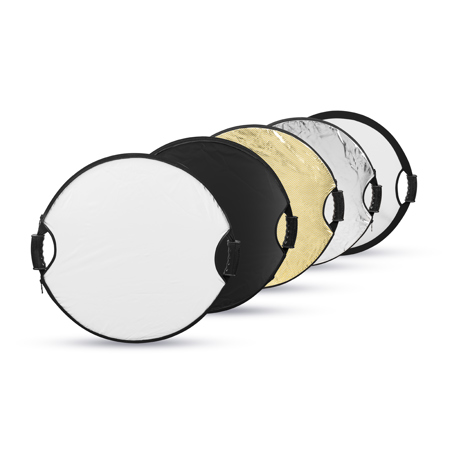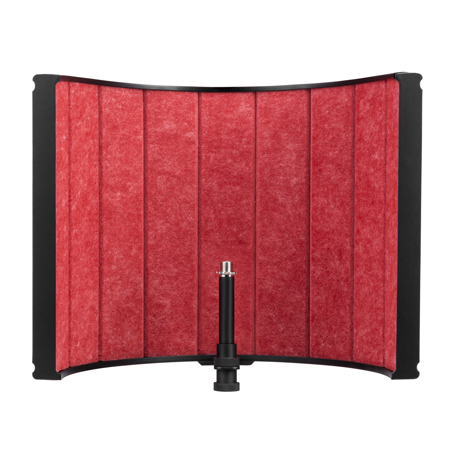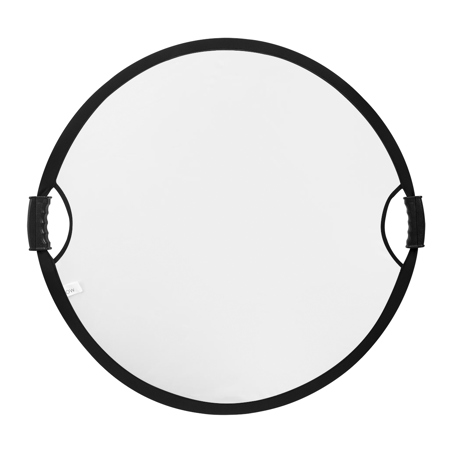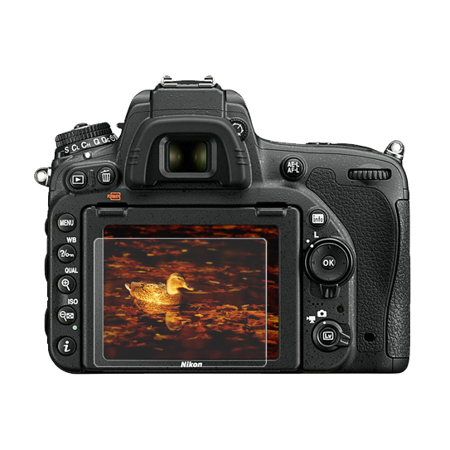Reflective Surfaces
Reflective surfaces play a vital role in the worlds of photography, videography, design, and scientific research, offering creative and practical solutions for both professionals and enthusiasts. These surfaces, crafted from light reflection material such as polished metals, specialty glass, acrylics, or engineered polymers, are designed to redirect or scatter light in predictable ways. In a studio setting, reflective surfaces are indispensable for shaping, bouncing, and diffusing light, giving photographers precise control over highlights, shadows, and overall mood. Whether capturing a portrait bathed in soft, glowing light or creating dramatic product shots with crisp specular highlights, the right reflective surface can transform an ordinary scene into something extraordinary. Artists and set designers also rely on these materials to create illusions of depth, expand visual space, or add striking visual effects to their compositions. During the bright summer months, when natural light is abundant, outdoor shooters often use portable reflectors and mirrors to harness and direct sunlight, filling in shadows or adding a touch of sparkle to their images. The versatility of reflective surfaces extends to architectural and interior design, where mirrored panels and glossy finishes are used to enhance ambient lighting and create a sense of openness in homes, studios, or commercial spaces.
Reflective surfaces are not just limited to professional use—they also make thoughtful gifts for creative individuals, students, or anyone passionate about visual storytelling. For those just beginning their journey in photography or filmmaking, a well-chosen reflector or mirror can be an accessible entry point into the world of lighting control, offering immediate, tangible improvements to their work. Science educators and hobbyists find reflective surfaces invaluable for demonstrating principles of optics, light behavior, and energy conservation, making them popular tools in classrooms and home labs alike. Even outside the realm of image-making, reflective surfaces are integral to safety gear, fashion, and sports equipment, where high-visibility materials help keep wearers safe during evening runs or cycling sessions. When selecting a reflective surface, it’s important to consider factors such as size, weight, portability, and the specific type of light reflection material—each of which influences how the surface interacts with different wavelengths of light and the quality of the reflection produced. For those seeking more advanced control, accessories such as Reflection Filters can be paired with reflective surfaces to further refine the direction, intensity, and color of reflected light, opening up even more creative possibilities.
In practical terms, the choice of reflective surface often comes down to the intended application and personal workflow. For on-location shoots, lightweight collapsible reflectors or mirrored boards are favored for their portability and ease of setup, while permanent installations in studios or architectural spaces might call for custom-cut glass or metal panels. The subtle art of managing reflections—whether to eliminate unwanted glare, enhance a subject’s features, or introduce artistic effects—requires both technical understanding and hands-on experimentation. Many seasoned professionals recall discovering the power of reflection through trial and error: the first time a simple piece of white foam core turned a flat portrait into a luminous masterpiece, or when a strategically placed mirror added unexpected drama to a still life. These moments highlight the importance of having a variety of reflective surfaces at your disposal, each offering unique characteristics and creative potential. As the seasons shift and the quality of natural light changes, reflective surfaces remain a constant ally, helping creators adapt to new challenges and seize every opportunity to elevate their work.
Reflective surfaces are not just limited to professional use—they also make thoughtful gifts for creative individuals, students, or anyone passionate about visual storytelling. For those just beginning their journey in photography or filmmaking, a well-chosen reflector or mirror can be an accessible entry point into the world of lighting control, offering immediate, tangible improvements to their work. Science educators and hobbyists find reflective surfaces invaluable for demonstrating principles of optics, light behavior, and energy conservation, making them popular tools in classrooms and home labs alike. Even outside the realm of image-making, reflective surfaces are integral to safety gear, fashion, and sports equipment, where high-visibility materials help keep wearers safe during evening runs or cycling sessions. When selecting a reflective surface, it’s important to consider factors such as size, weight, portability, and the specific type of light reflection material—each of which influences how the surface interacts with different wavelengths of light and the quality of the reflection produced. For those seeking more advanced control, accessories such as Reflection Filters can be paired with reflective surfaces to further refine the direction, intensity, and color of reflected light, opening up even more creative possibilities.
In practical terms, the choice of reflective surface often comes down to the intended application and personal workflow. For on-location shoots, lightweight collapsible reflectors or mirrored boards are favored for their portability and ease of setup, while permanent installations in studios or architectural spaces might call for custom-cut glass or metal panels. The subtle art of managing reflections—whether to eliminate unwanted glare, enhance a subject’s features, or introduce artistic effects—requires both technical understanding and hands-on experimentation. Many seasoned professionals recall discovering the power of reflection through trial and error: the first time a simple piece of white foam core turned a flat portrait into a luminous masterpiece, or when a strategically placed mirror added unexpected drama to a still life. These moments highlight the importance of having a variety of reflective surfaces at your disposal, each offering unique characteristics and creative potential. As the seasons shift and the quality of natural light changes, reflective surfaces remain a constant ally, helping creators adapt to new challenges and seize every opportunity to elevate their work.
